
Key Points
Manga and anime are a significant part of Japanese culture and are loved worldwide.
Traditional manga and anime creation is incredibly time-consuming.
Generative AI is being used to assist in the production process of manga and anime.
AI can help artists maintain their creative output for longer periods.
Studios are using AI to improve efficiency and speed up production.
AI allows creators to focus on creative aspects rather than repetitive tasks.
The integration of AI requires human oversight to ensure quality and artistic integrity.
The Evolving Landscape of Manga and Anime Production
The Traditional Artistry of Manga and Anime
manga and anime have captivated audiences for decades with their unique visual styles and compelling storytelling. The creation of these art forms, however, is steeped in tradition and requires immense dedication. Artists painstakingly draw each frame, ensuring fluidity of motion and emotional depth in every character.

This process involves a significant investment of time and effort, often leading to demanding schedules for production teams. The meticulous nature of traditional methods, while producing high-quality results, can also be a limiting factor in the speed and scale of content creation. The artistic creation requires the creator to invest significant time and effort. Therefore, the artistic process presents a challenge to scale and speed. The popularity of both anime and manga has grown and there is now significant market pressure to deliver creative assets more quickly. In this regard, AI offers considerable value.
The Rise of Generative AI in Creative Industries
Generative AI is rapidly transforming various creative fields, and the manga and anime industry is no exception. By leveraging AI algorithms, artists can automate repetitive tasks, generate initial drafts, and explore new creative possibilities. This technology offers the potential to significantly reduce production time and costs, while also empowering artists to focus on the more nuanced and creative aspects of their work.

The day when artificial intelligence is a routine part of the production process may not be far off. This shift doesn’t mean replacing artists but rather augmenting their capabilities and freeing them from mundane tasks. The use of AI allows artists to focus on refining the story, developing complex characters, and exploring innovative visual styles. Generative AI has seen a significant increase in utility, and has provided tangible benefits for the media creation industry. This shift has increased overall efficiency, and reduced production costs.
Spotlight on Kurata Yoshimi: Embracing AI to Extend a Legacy
A Veteran Manga Artist’s Perspective
Kurata Yoshimi, a 70-year-old manga artist with 46 years of experience, embodies the intersection of tradition and innovation.

He acknowledges that his drawing speed is slowing down with age and expresses a desire to continue creating manga for as long as possible. Kurata hopes that AI will help him maintain his physical strength and enable him to draw manga for another ten years, instead of just five. This perspective highlights how AI can be a valuable tool for veteran artists, allowing them to overcome physical limitations and continue contributing their unique vision to the industry. He is now using AI tools to assist with his manga work, hoping to continue producing his work for at least another 10 years. By implementing AI assistance in his work, Yoshimi is able to leverage his skills and creative vision, with less emphasis on the physical strain of creating art by hand. These programs create the opportunity for Yoshimi to focus on character development and overall visual design. Through AI assistance, Yoshimi can create detailed characters with significant story depth. The implementation of AI helps extend his career. For younger artists, this is a great way to improve their skills and efficiency, and reduce overall production time.
How AI is Tailored to Kurata’s Unique Style
The AI Tools used in Kurata’s studio are not generic; they are tailored to his specific artistic style.
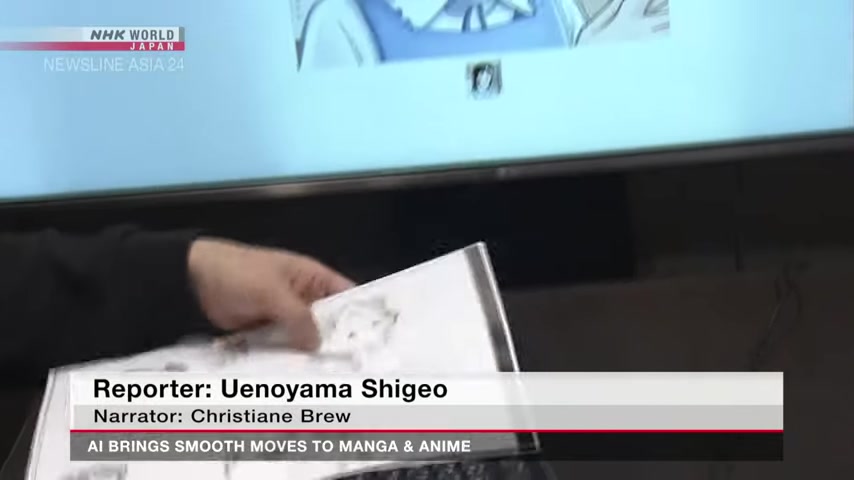
This customization ensures that the AI-generated content aligns with his unique aesthetic and creative vision. The process begins with Kurata creating a rough draft, which is then fed into the AI system. The staff then prompts the AI with specific details about colors and scene descriptions. The AI then refines the draft, producing a colored version that retains Kurata’s artistic signature. This collaborative approach, where AI acts as a tool to enhance rather than replace the artist’s creativity, is key to successful integration. A unique output results from Yoshimi’s drawings in conjunction with the AI platform. The final images still maintain the artistic elements that define Yoshimi as an artist. AI helps to create different character poses and images. Each piece is then checked to ensure that it matches Yoshimi’s personal artistic style. The art is analyzed, frame by frame, and then approved by human oversight. This process allows the team to produce a manga, in Yoshimi’s personal style, without compromising Yoshimi’s physical well being. This process has created a foundation for a new era of artistic creation. AI is a tool that can be used to speed up the production process. Artists can use AI to save time and avoid the physical stress of creating the content by hand.
How Generative AI is Changing Anime Production
Streamlining Animation with AI: One Studio’s Approach
Several studios are adopting generative AI programs to improve efficiency. At K&K Design, for example, generative AI programs are used to improve efficiency. With only six workers, these programs are essential to keep up production. The staff have found that AI saves significant time and effort.
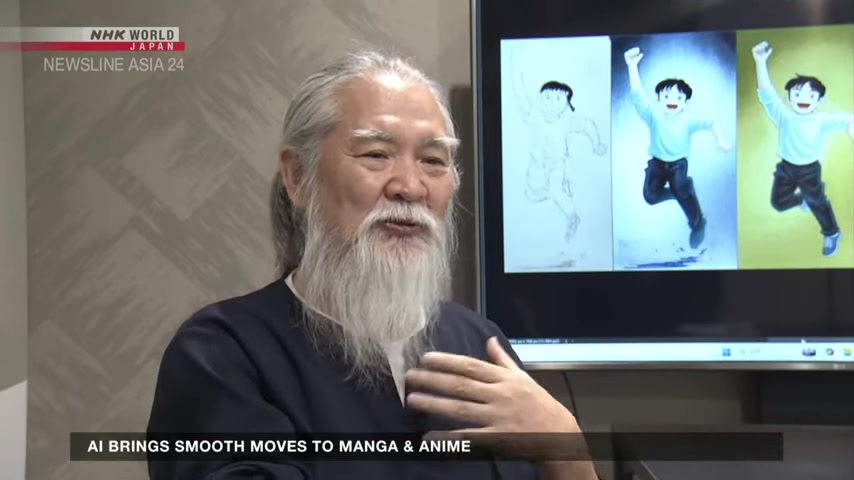
The studio uses AI to add movement to characters. This is completed through the use of several AI programs. One of the platforms used is Dream Machine 1.6 to allow the creation of camera movement. Generative AI provides the opportunity to create anime and manga faster and more efficiently than ever before. K&K design uses many generative AI programs. As an example, there is a program that transforms real movies into animated ones. With these programs, the director has access to a diverse set of tools, all designed to improve efficiency, and save overall production costs.
Creating Animation with Fewer Drawings
Traditional animation requires numerous drawings to create the illusion of movement. However, AI-powered tools can significantly reduce the number of drawings needed. By providing the AI with two keyframes – one at the beginning of the movement and one at the end – the AI can fill in the gaps, generating the intermediate frames required for smooth animation.
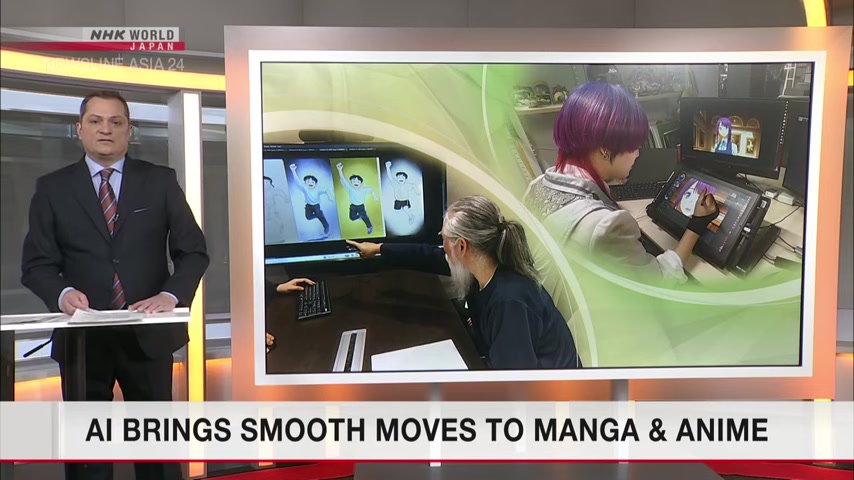
This dramatically reduces the workload for animators and allows them to focus on refining the overall animation quality. Instead of creating an individual image for every move, the AI platform Dream Machine can create those images for you. All that the designer needs to do is import the two photos, and use Dream Machine to fill in the gaps. This technology provides significant savings in both time and energy.
Enhancing Creative Focus
By automating time-consuming tasks, AI allows artists to focus on the creative aspects of their work. The director mentions that AI assistance means that, as humans, they can focus on other creative aspects and expand the range of what they do. Staff can add further instructions to the AI platform. By telling it to make movements in a particular style, humans can direct the animation for a particular output. This is the same for the staff of K&K Design. Since human workers can ensure the quality and creative direction of the end product, the company’s director is able to save on staffing costs, and focus human efforts on what matters most: creative direction. Generative AI makes it more manageable to work with small design teams.
Pricing and Accessibility of AI Tools
Accessibility and Cost-Effectiveness
While the specific pricing models for the AI tools used in manga and anime production can vary, the overall trend points towards increasing accessibility and cost-effectiveness. Many AI platforms offer free trials or subscription-based plans, making them accessible to independent artists and smaller studios.
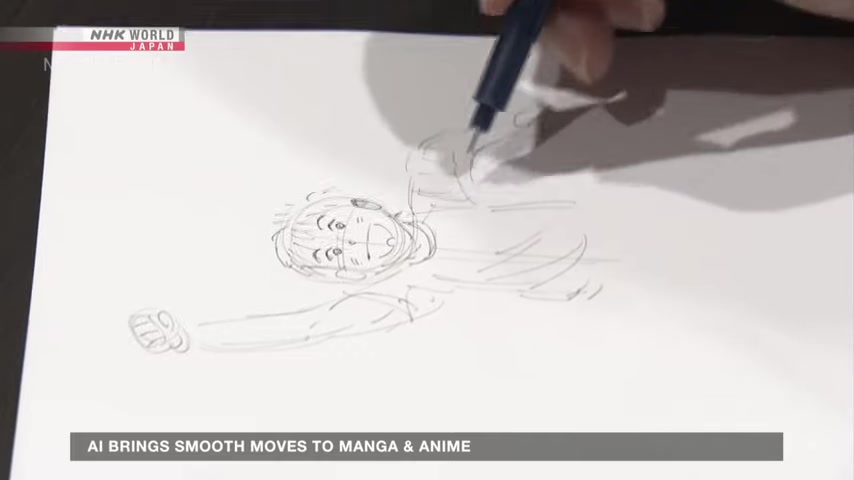
As AI technology continues to evolve, the cost of implementation is likely to decrease further, democratizing access to these powerful tools and empowering a wider range of creators. One of the keys to cost savings, is the reduction in labor hours. As AI assists, staff are able to increase the overall volume of content produced. Another cost benefit is that the price of generative AI will likely decrease over time. As this market grows, companies will be seeking the largest number of customers. This will require competitive pricing, and may make AI more affordable over time.
Benefits and Challenges of AI in Anime Production
Increased Efficiency
Faster Production Times
Reduced Costs
Empowered Artists
Improved Accessibility
Potential Job Displacement
Loss of Artistic Authenticity
Ethical Concerns Regarding Copyright
Over-Reliance on Technology
Risk of Homogenization
Core Features of AI Tools in Manga and Anime
Key Capabilities of Generative AI
The core features of AI tools in manga and anime production revolve around automation, enhancement, and customization. These features can be described as follows:
- Automation of Repetitive Tasks: AI can automate tasks such as in-betweening, coloring, and background generation, freeing up artists to focus on more creative aspects.
- Style Transfer: AI can adapt to different artistic styles, allowing artists to maintain consistency and experiment with new aesthetics.
- Motion Prediction: AI can predict and generate realistic movements, reducing the need for manual animation.
- Content Generation: AI can generate initial drafts of characters, scenes, and storylines, providing artists with a starting point for their creative process.
- Customization: AI can be tailored to individual artist styles and preferences, ensuring that the generated content aligns with their unique vision.
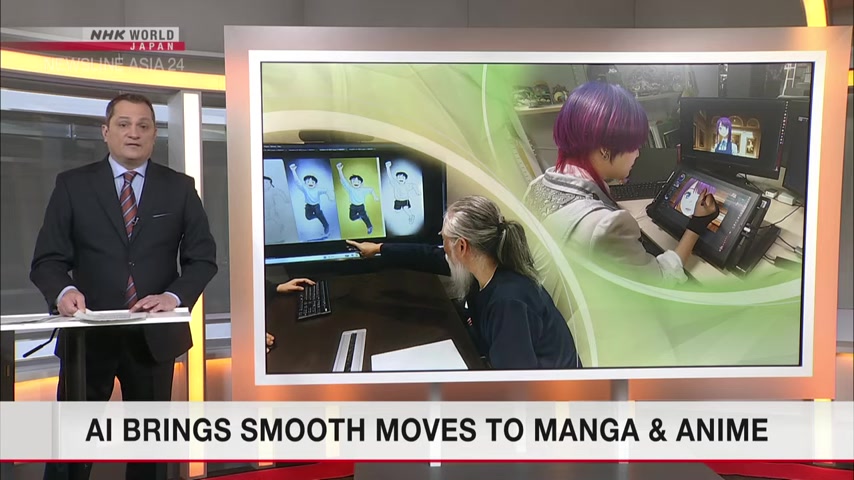
The primary benefit of all of these tools, is that they can increase efficiency, and scale production capacity. This makes the industry more efficient, and enables creators to reach a broader audience.
Use Cases: AI in Manga and Anime Production
Diverse Applications of AI
The use cases for AI in manga and anime production are diverse and constantly expanding. Some notable examples include:

- Character Design: AI can assist in generating character concepts, variations, and poses.
- Background Generation: AI can create detailed and visually appealing backgrounds, saving artists significant time and effort.
- Animation Assistance: AI can fill in gaps in animation sequences, smooth out movements, and generate special effects.
- Content Adaptation: AI can adapt manga and anime content for different formats, such as video games and virtual reality experiences.
- Accessibility Enhancement: AI can generate subtitles, audio descriptions, and translations, making content accessible to a wider audience.
Frequently Asked Questions
Will AI replace manga and anime artists?
How does AI affect the artistic style of manga and anime?
Is AI-generated manga and anime content copyrighted?
Related Questions
What are some popular AI tools for manga and anime creation?
Dream Machine 1.6: This platform was used for the creation of camera movement. The company director mentioned that this product gave his team significant value.
Canvas2Img: This AI is used to help colorize the drawings. By creating a rough sketch, and leveraging a text prompt, you are able to improve the overall look and feel of your creations. It is mentioned in the video that the platform uses the user’s past work to deliver the best possible creations. This is what was mentioned in the section featuring Kurata Yoshimi.
It is important to keep in mind that the best approach is for human workers to perform manual retouching of the generated image before presenting the material for publication. This level of oversight is needed to maintain the high level of artistic integrity that manga and anime are known for.
How can I learn to use AI tools for manga and anime creation?
